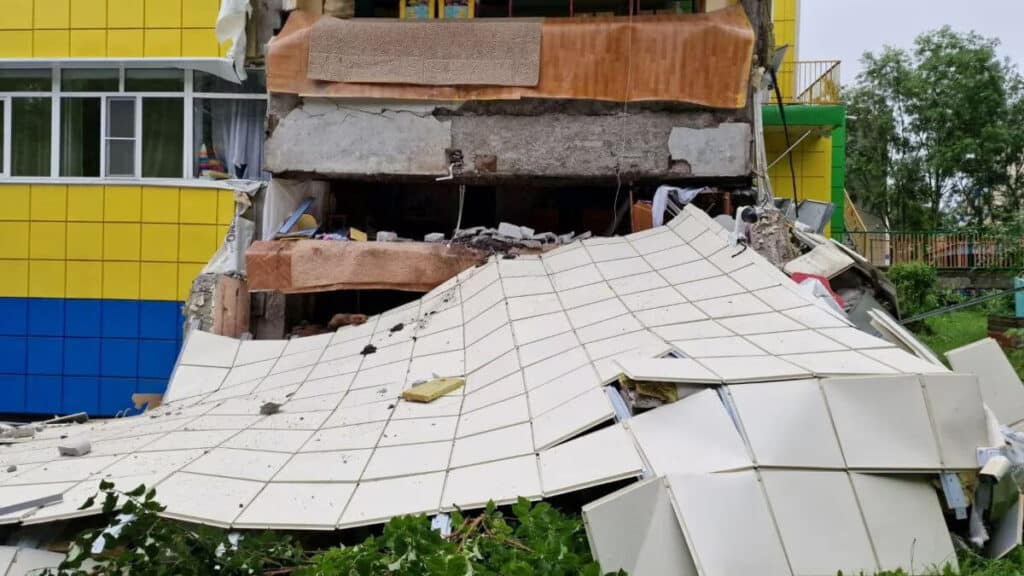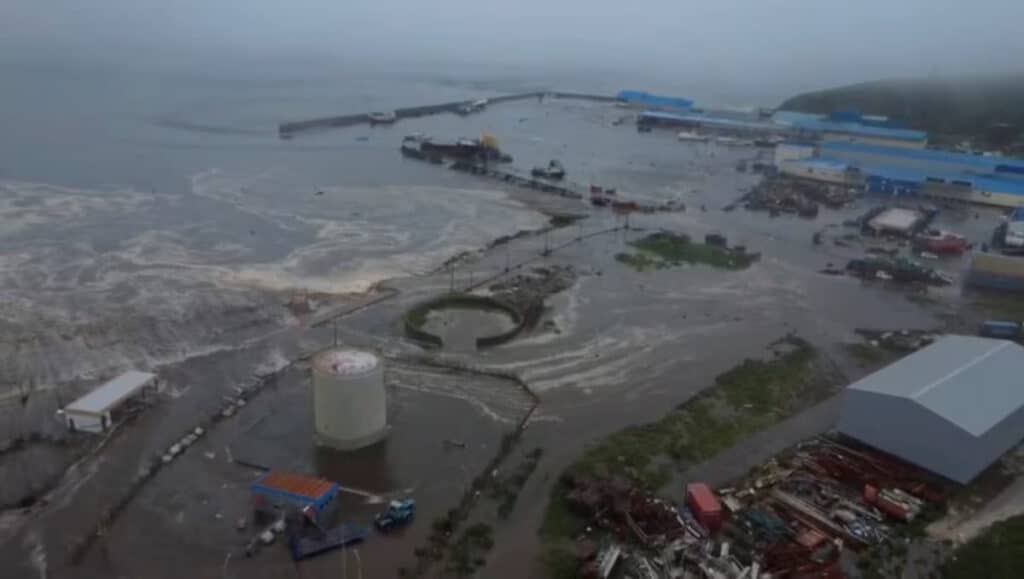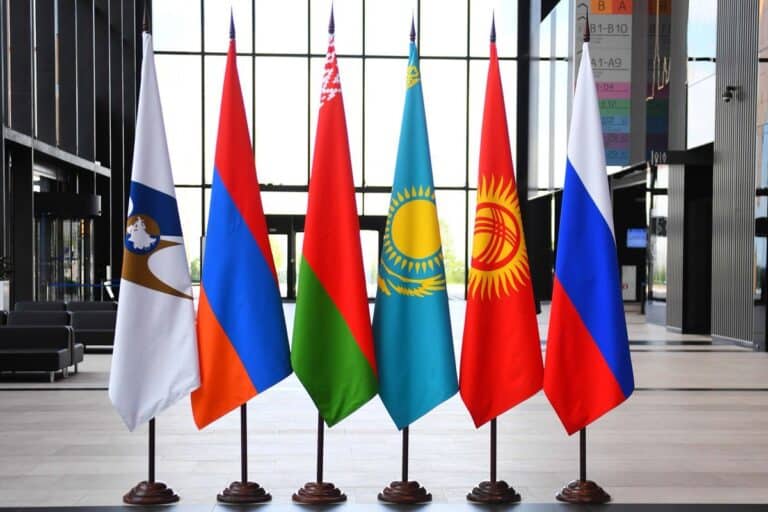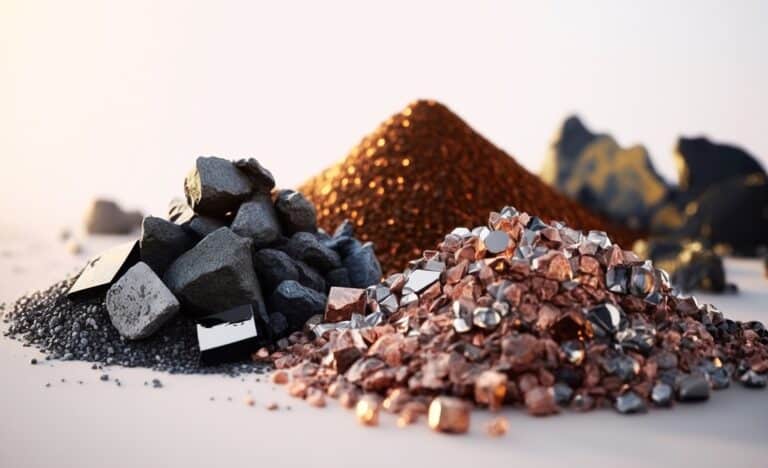
A powerful earthquake measuring 8.8 in magnitude struck off the coast of Russia’s Kamchatka Peninsula on July 30, triggering tsunami warnings and evacuations across the Pacific Rim. The shallow quake sent four-metre waves crashing into parts of Kamchatka and led to alerts in Japan, Hawaii and as far afield as Ecuador, Reuters reports.
Initial tremors caused moderate structural damage in the remote Russian region, with minor injuries reported. Kamchatka Governor Vladimir Solodov described it as the most powerful seismic event in decades, a sentiment echoed by Russian geophysicists who said it was the strongest since 1952.
The quake’s epicentre was located around 119 km southeast of Petropavlovsk-Kamchatsky at a depth of 19.3 km, according to the U.S. Geological Survey. A series of strong aftershocks followed, one reaching magnitude 6.9.
Tsunami Reaches Kamchatka and Prompts Warnings in Hawaii and Japan

In Severo-Kurilsk, tsunami waves partially flooded a fishing port and swept vessels from their moorings. Russian emergency services confirmed that a kindergarten was damaged, but the majority of buildings remained intact.
Evacuation orders were issued in Japan, where memories of the 2011 disaster remain fresh. Residents in coastal areas, including those near the Fukushima nuclear plant, were urged to seek higher ground. TEPCO, the plant’s operator, confirmed workers had been evacuated as a precaution.

Footage from Hokkaido showed residents gathered on rooftops while fishing boats left harbours. Automaker Nissan suspended operations at some of its Japanese factories to ensure employee safety. Japan recorded tsunami waves of up to 60 cm, though no casualties or significant damage were reported.
Hawaii issued widespread evacuation instructions, urging coastal residents to move to higher floors or inland. The U.S. Coast Guard ordered ships out of harbours. Though no major wave was observed as the tsunami approached, authorities stressed the seriousness of the threat.
Wider Pacific Region on Alert
The U.S. Tsunami Warning System indicated that destructive waves could reach up to 3 metres in parts of Russia, northern Hawaiian islands and Ecuador, while lower waves between 1 to 3 metres were possible in countries like Japan, Chile and the Solomon Islands. Smaller surges could also affect the U.S. West Coast and other Pacific nations.

U.S. President Donald Trump acknowledged the danger in a public message, stating that tsunami warnings had been issued for Hawaii, with watches in effect for Alaska and the broader Pacific coast of the United States.
Injuries and Infrastructure Damage Reported
According to Russian health officials, several people were hurt during the quake. One individual jumped from a window in panic, and another was injured at Kamchatka’s new airport terminal. The Sakhalin region experienced power outages due to damage to electrical infrastructure.
Kamchatka, situated along the seismically active Pacific «Ring of Fire,» is prone to earthquakes and volcanic activity. Russian experts said while the earthquake’s magnitude was high, its specific location reduced the intensity of ground shaking in populated areas.
Aftershocks are continuing but are not expected to intensify significantly. Authorities across the region remain on high alert.












